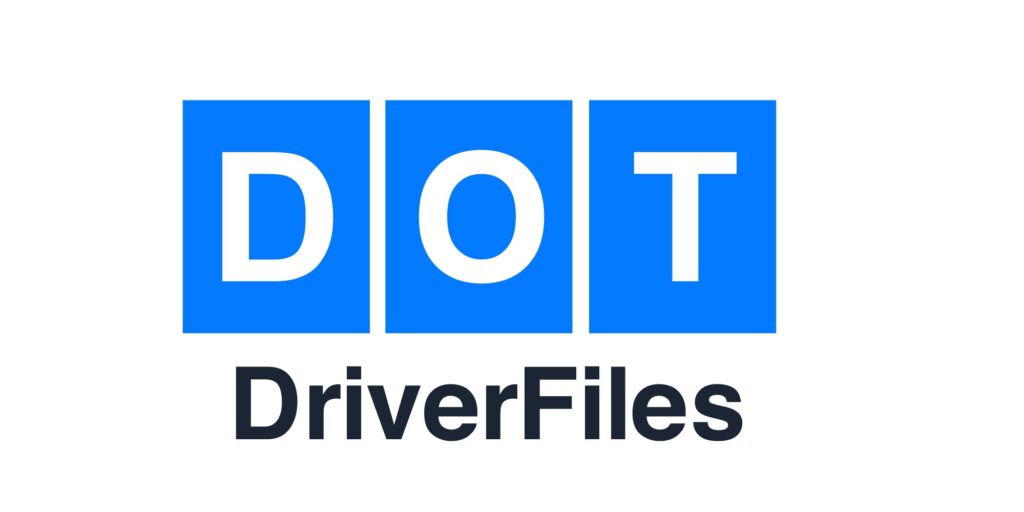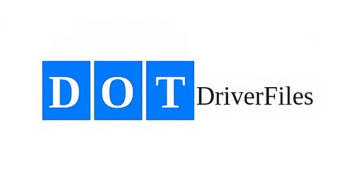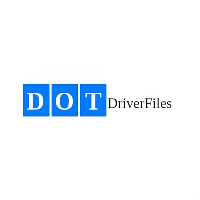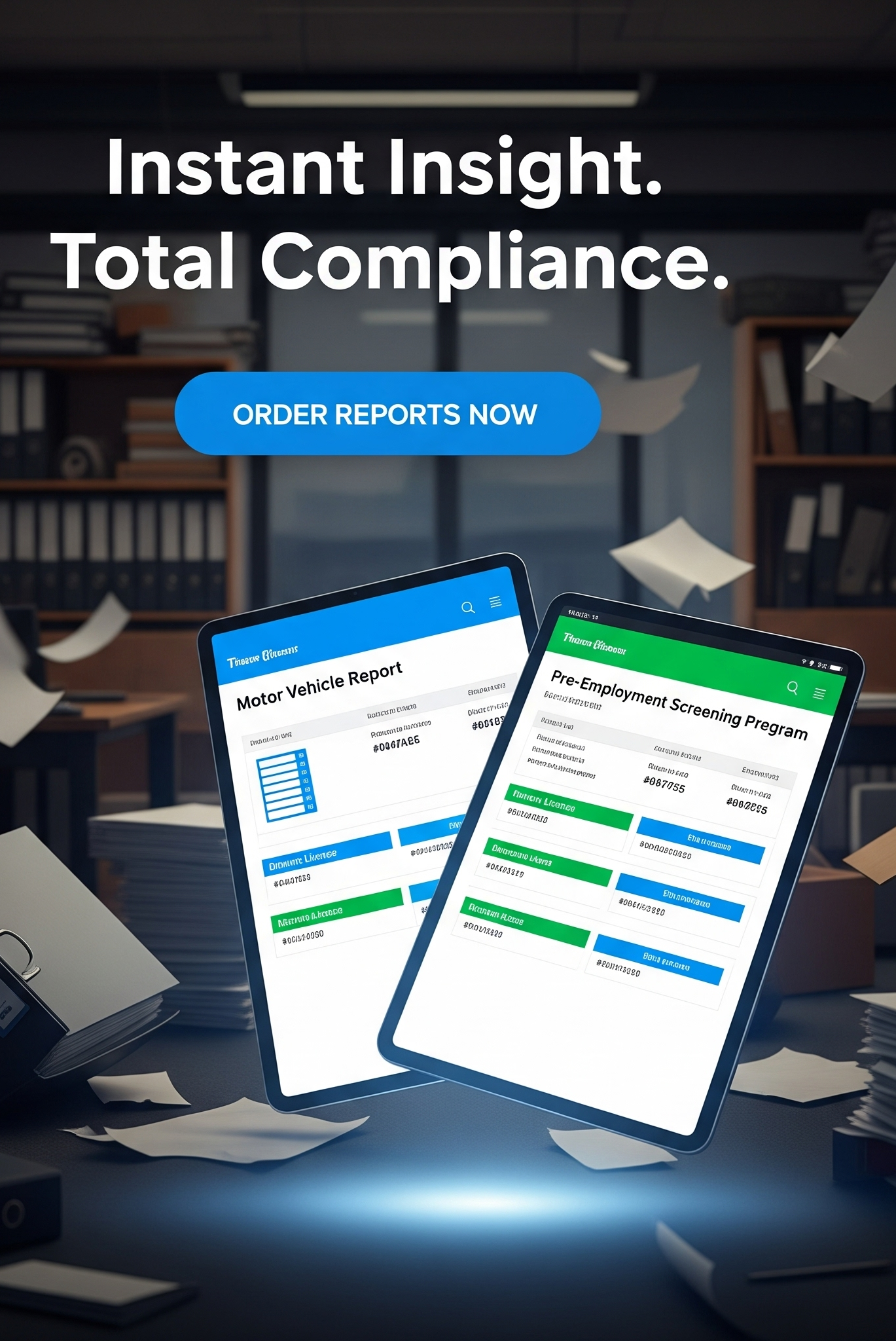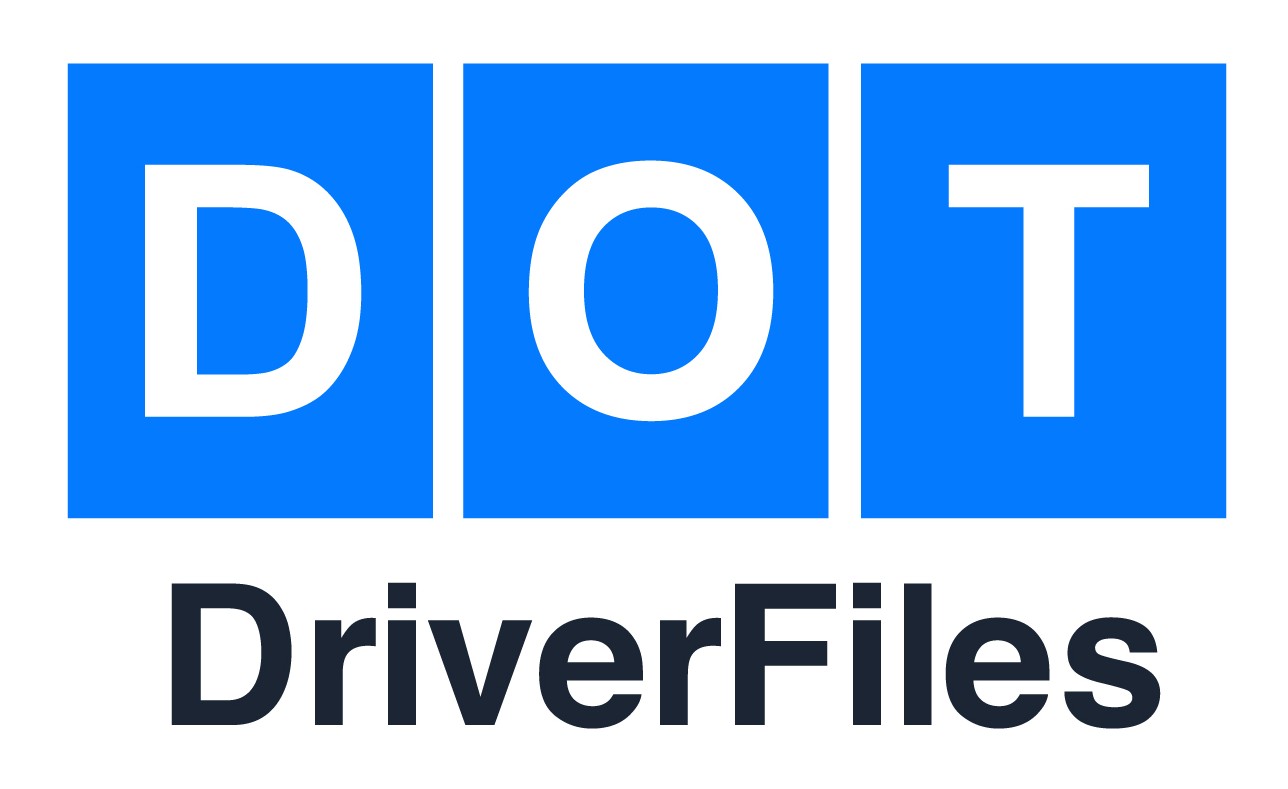In today’s fast-paced and regulated world, ensuring compliance with government regulations is a crucial task for businesses across various industries. For companies involved in transportation and logistics, compliance with the Department of Transportation (DOT) audit requirements is of utmost importance. Non-compliance can lead to hefty fines, loss of credibility, and even suspension of operations.
Navigating the complex world of DOT regulations and protocols can be overwhelming. From maintaining driver qualification files to adhering to FMCSA safety protocols, there is a myriad of requirements that demand your attention. To help you stay on top of your DOT audit compliance, we have put together this essential guide. Whether you are a seasoned industry professional or new to the field, this comprehensive checklist will equip you with the knowledge and tools you need to meet DOT’s stringent standards.
So, buckle up and get ready to dive into the world of DOT compliance. We will walk you through each step, from understanding the key regulations to ensuring your driver qualification files are up to date. By the end of this guide, you’ll have a clear roadmap to maintaining compliance and avoiding the pitfalls that can sabotage your business. So, let’s get started on this journey towards DOT audit compliance excellence.
Navigating the DOT Audit: A Step-by-Step Guide
As a commercial transportation safety specialist with 30 years of experience, I’ve seen firsthand the importance of being prepared for a Department of Transportation (DOT) audit. The process can be daunting, but with the right preparation and understanding, you can navigate it smoothly. Here’s a simple, step-by-step guide to help you prepare for and pass a DOT audit.
Understanding a DOT Audit
A DOT audit is an assessment by the Department of Transportation to ensure your fleet complies with Federal Motor Carrier Safety Administration (FMCSA) safety protocols. These audits cover a wide range of areas including insurance, driver logs, vehicle maintenance, and more.
Types of DOT Audits
Remote/Offsite Investigation: Conducted remotely, focusing on specific compliance issues.
Focused Onsite Investigation: A targeted investigation into specific aspects of your operations.
Comprehensive Onsite Investigation: An in-depth, onsite review of all compliance areas.
Key Inspection Categories
General DOT Safety: Ensure you have the necessary insurance and documentation for cargo types.
Driver Information: Maintain records of driver licenses, qualifications, and drug/alcohol testing.
Operational Information: Keep accurate logs, hours of service records, and note any violations.
Vehicle Assessment: Regularly inspect vehicles and maintain detailed maintenance records.
Hazardous Materials: Ensure proper licensing, storage, and training for handling hazardous materials.
Accidents: Keep thorough records of all incidents and injuries.
Evaluation Scores
Your audit will result in one of three scores:
- Satisfactory
- Conditional
- Unsatisfactory
Preparation is Key
To prepare for a DOT audit, you need to:
- Maintain Documentation: Ensure all required documents are up-to-date and easily accessible.
- Monitor CSA Scores: Regularly check your Compliance, Safety, Accountability (CSA) scores to identify areas needing improvement.
- Utilize Fleet Management Solutions: Implement electronic logging devices (ELDs) and Driver Vehicle Inspection Reports (DVIRs) to streamline compliance.
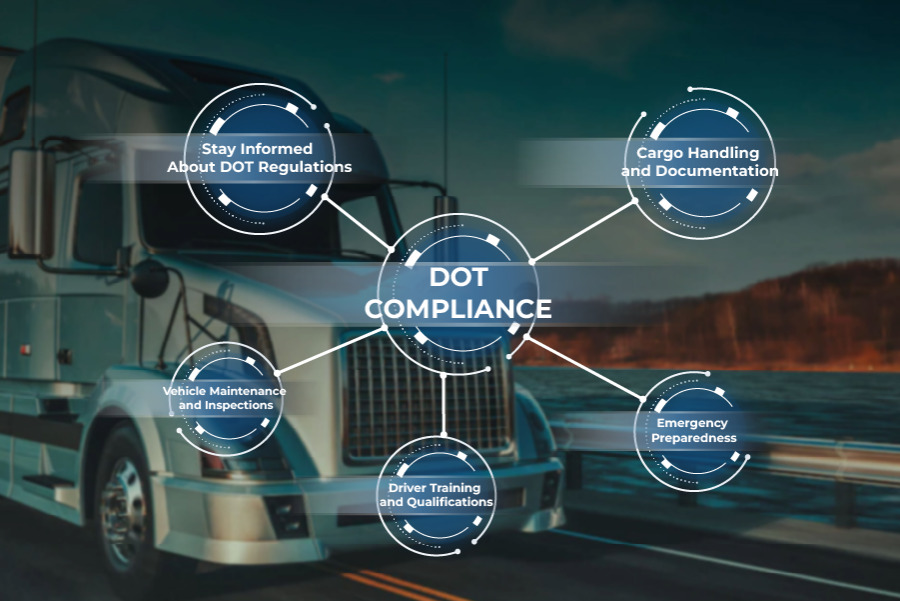
DOT Audit Checklist
Ensure you have the following ready:
- FMCSR guidelines and the MCS-90 form.
- Drug and alcohol testing policy.
- Motor vehicle records.
- CDL proof for all drivers.
- Comprehensive driver logs and a vehicle list.
- Detailed vehicle maintenance records.
- A DOT security plan for handling hazardous materials.
- Post-trip inspection records.
Common Violations to Avoid
Be aware of common violations that can lead to penalties:
- Failure to report drug/alcohol testing.
- Employing unqualified drivers.
- Inadequate insurance or incomplete logbooks.
- Operating vehicles that are out-of-service or have not been inspected.
Leveraging DOTDriverFiles
DOTDriverFiles offers robust solutions for managing DOT compliance and fleet safety. Their tools can help you maintain accurate records, monitor CSA scores, and prepare effectively for audits.
By following this guide and leveraging the right tools, you can navigate a DOT audit with confidence. Preparation and attention to detail are your best allies in ensuring compliance and maintaining a safe, efficient fleet. For more detailed information, visit DOTDriverFiles.
This guide is intended to provide an easy-to-follow overview of the DOT audit process. For a deeper dive into each category and more specific advice, consult additional resources or industry experts.
Understanding the Importance of DOT Audits
In the world of transportation, compliance with regulations and standards is crucial. One specific area that demands attention is hazardous materials handling compliance, regulated by the Department of Transportation (DOT). Ensuring proper handling and transportation of hazardous materials is not only essential for the safety of the public and the environment but also for avoiding hefty fines and penalties.
DOT audits play a vital role in evaluating a company’s compliance with hazardous materials regulations. These audits are conducted to assess if a company is following the necessary protocols, procedures, and documentation required by the DOT. Therefore, it is essential for businesses to be well-prepared for these audits to avoid any compliance issues.
To prepare for a DOT audit, companies should follow a comprehensive DOT compliance checklist. This checklist guides them through the various areas of compliance required, including proper handling, labeling, packaging, and shipping of hazardous materials. By meticulously reviewing this checklist and addressing any potential gaps, businesses can ensure they are fully prepared for the audit.
Taking the time to prepare for a DOT audit can save businesses from significant penalties, damaged reputation, and potential legal issues. It demonstrates a commitment to safety and compliance, enhancing not only the company’s standing with regulatory bodies but also its reputation among customers and partners. Understanding the importance of these audits and the need to prioritize compliance will ultimately lead to a safer and more efficient transportation industry.

Preparing for a Successful DOT Audit
Preparing for a successful DOT audit is crucial for any business operating commercial vehicles. Ensuring that your fleet is in compliance with all regulations is not only necessary to avoid fines and penalties, but also for the safety of your drivers and the general public. To begin the process of dot audit preparation, it is essential to conduct regular commercial vehicle inspections. These inspections should cover all aspects of the vehicle, including brakes, tires, lights, and other safety features. Keeping proper documentation of these inspections is key, as it provides evidence of your commitment to maintaining safe and compliant vehicles.
In addition to regular vehicle inspections, monitoring your CSA score is another important aspect of preparing for a DOT audit. The CSA (Compliance, Safety, Accountability) score is a measurement used by the Federal Motor Carrier Safety Administration (FMCSA) to assess the safety performance of motor carriers. By closely monitoring your CSA score, you can stay updated on any deficiencies or violations that need to be addressed promptly. Conducting internal audits and implementing corrective actions based on your CSA score can help prevent potential issues during an official DOT audit.
Furthermore, it is crucial to have a comprehensive recordkeeping system in place. DOT auditors will scrutinize your records to ensure compliance with regulations. Maintain accurate driver qualification files, hours of service logs, vehicle maintenance records, and any other required paperwork. Having these records readily available and well-organized will not only facilitate the audit process but also demonstrate your commitment to compliance.
In conclusion, ensuring dot audit preparation is crucial for any business operating commercial vehicles. Conduct regular commercial vehicle inspections, monitor your CSA score, and maintain accurate and organized records. By taking these proactive steps, you can mitigate potential violations and achieve a successful DOT audit. Remember, the goal is not only to pass the audit but also to create a safe and compliant environment for your drivers and the public they share the road with.
Key Components of a DOT Audit
A DOT audit can be a stressful experience for any company operating in the transportation industry. However, understanding the key components of a DOT audit can help alleviate some of the anxiety and ensure that your company is prepared. One crucial aspect of any audit is CSA score monitoring. The CSA (Compliance, Safety, Accountability) program measures carrier safety performance and assigns scores based on various factors such as inspection results, crash reports, and violations. Monitoring and maintaining a good CSA score is essential for both compliance and reputation management.
Another critical component of a DOT audit is the driver qualification file (DQF). This file includes records and documentation for each driver employed by the company. It contains information such as background checks, driving history, and driver training records. Ensuring that all DQFs are complete, up-to-date, and in compliance with DOT regulations is vital during an audit.
Vehicle maintenance records are also a significant part of a DOT audit. This includes documentation of regular inspections, repairs, and maintenance tasks performed on the company’s fleet. Accurate and well-maintained records demonstrate a commitment to safety and can prevent potential issues during the audit.
Lastly, hours of service (HOS) compliance is a crucial aspect of a DOT audit. HOS regulations dictate the number of hours a driver can work without taking a break or rest. These regulations are in place to prevent driver fatigue and promote safety on the roads. Ensuring that drivers are adhering to HOS regulations and maintaining accurate records of their working hours is essential for a successful DOT audit.
In conclusion, a DOT audit involves various key components that must be monitored and maintained by transportation companies. From CSA score monitoring to driver qualification files, vehicle maintenance records, and hours of service compliance, each component plays a crucial role in demonstrating a commitment to safety and regulatory compliance. By staying organized, up-to-date, and proactive, companies can navigate these audits more effectively and protect their reputation in the industry.
Best Practices for DOT Audit Compliance
DOT audits can be a nerve-wracking experience for many businesses. Failing to comply with the regulations put forth by the Department of Transportation (DOT) can result in serious fines and penalties, not to mention damage to your reputation. That’s why it’s crucial to establish best practices for DOT audit compliance.
First and foremost, having a well-organized and up-to-date system of record keeping is essential. Maintain accurate and detailed records of all your drivers, vehicles, and maintenance activities. This includes driver qualifications, hours of service, drug and alcohol testing, vehicle inspections, and any violations or incidents. Being able to easily access and provide this information during an audit will demonstrate your commitment to compliance.
Regular training and education for your drivers is another important practice. Keep them informed about the latest DOT regulations, safety protocols, and any changes to the industry. Encourage open communication and create a culture of safety within your organization. By doing so, you’ll not only ensure compliance, but also reduce the likelihood of accidents and violations that could trigger a DOT audit.
Conducting internal audits can also help you stay proactive and identify potential compliance issues before they become major problems. Regularly review your operations, policies, and procedures to identify any gaps or areas for improvement. This will allow you to make necessary changes and address any non-compliance issues in a timely manner. Don’t forget to document your internal audit findings and corrective actions taken.
In conclusion, achieving and maintaining DOT audit compliance requires attention to detail, ongoing education, and a proactive approach. By implementing these best practices, you can ensure that your business is operating in accordance with DOT regulations, mitigate risks, and maintain a solid reputation within the industry. Remember, compliance is not just a legal obligation, but also a commitment to the safety of your drivers and the public.
Common Mistakes to Avoid During a DOT Audit
In the world of transportation and logistics, compliance with Department of Transportation (DOT) regulations is vital to maintaining a successful business. One of the key components of maintaining DOT compliance is undergoing routine DOT audits. These audits are conducted to ensure that companies are following the necessary safety protocols and regulations. However, many companies make common mistakes during these audits that can have serious consequences. In this article, we will explore some of these mistakes and provide tips on how to avoid them.
One common mistake that companies make during a DOT audit is failing to keep accurate records. DOT regulations require companies to maintain comprehensive records of various aspects, including driver qualifications, hours of service, inspections and maintenance, and more. Failing to keep these records up to date and easily accessible can lead to major compliance issues.
Another mistake to avoid during a DOT audit is improper training of employees. It is essential that companies provide proper training to their employees regarding DOT regulations and safety protocols. Failure to do so can result in serious violations and penalties during an audit. By prioritizing regular training sessions and ensuring that employees are aware of the latest updates in compliance requirements, companies can significantly reduce the risk of non-compliance.
Lastly, companies often overlook the importance of conducting internal audits before the actual DOT audit. These internal audits serve as a self-assessment tool, allowing companies to identify any areas of non-compliance and correct them before the official audit takes place. By conducting regular internal audits and addressing any issues promptly, companies can demonstrate their commitment to safety and compliance during the actual DOT audit.
In conclusion, avoiding common mistakes during a DOT audit is crucial for companies operating in the transportation industry. By keeping accurate records, providing proper training to employees, and conducting regular internal audits, businesses can minimize the risk of compliance issues and penalties. Adhering to DOT regulations not only ensures the safety of drivers and the public but also helps to maintain a positive reputation in the industry.
Tips for Passing Your DOT Audit with Flying Colors
If you run a transportation company, you know how crucial it is to pass a Department of Transportation (DOT) audit. Failing this audit can lead to significant penalties and even the suspension of your operating authority. To ensure you pass your DOT audit with flying colors, it’s important to be prepared and organized. Here are some tips to help you sail through the audit process.
First and foremost, maintain accurate and up-to-date records. The DOT auditor will review various documents, such as driver qualification files, vehicle maintenance records, and hours-of-service logs. Make sure these records are well-organized and easily accessible. Implement a digital filing system that allows for easy tracking and retrieval of information. Regularly review and update these records to ensure compliance with DOT regulations.
Another key tip is to conduct regular training for your drivers. Ensure they are well-versed in DOT regulations and understand their responsibilities. Provide ongoing coaching and feedback to ensure compliance with hours-of-service regulations, drug and alcohol testing requirements, and vehicle inspection procedures. Having well-trained drivers not only helps you pass the audit but also ensures overall safety within your company.
Lastly, consider conducting mock audits to identify any potential areas of weakness before the actual audit takes place. This can help you address any compliance issues proactively and make necessary adjustments. By simulating the audit process, you can better prepare your team and identify any gaps in your record-keeping or procedures.
Passing a DOT audit may seem daunting, but with proper preparation, it can be a smooth process. By maintaining accurate records, training your drivers, and conducting mock audits, you’ll be well on your way to achieving compliance and passing the audit with flying colors. Remember, the key is to stay organized and always be proactive in addressing any compliance issues that may arise.
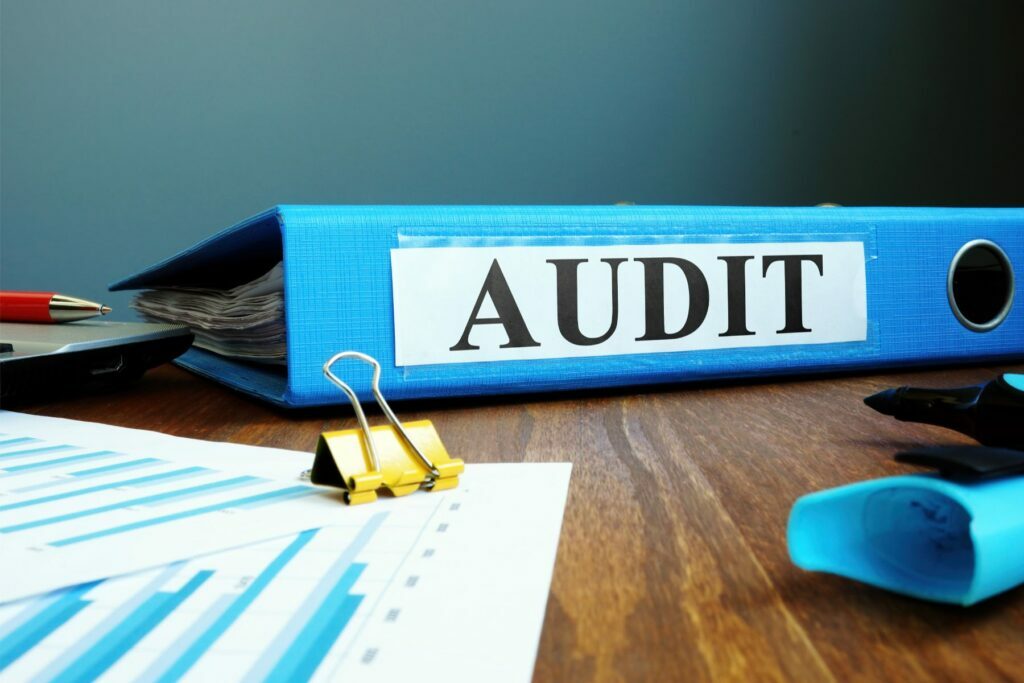
Maintaining Compliance Beyond the DOT Audit
Maintaining compliance is an ongoing effort that extends far beyond the initial DOT audit. While passing the audit is a significant accomplishment, it is essential to understand that it is not the end of the compliance journey. As regulations and requirements are updated, it is crucial for companies to stay up-to-date and continue to prioritize compliance.
One key aspect of maintaining compliance beyond the DOT audit is conducting regular internal audits. By performing periodic checks, companies can identify any potential compliance issues before they become a problem. This proactive approach allows for timely corrective action, ensuring adherence to DOT regulations. These internal audits should cover various areas, including driver qualifications, vehicle maintenance records, and hours of service logs.
Furthermore, staying educated about the latest DOT regulations is critical for ongoing compliance. Regulations can change, and it is the responsibility of companies to keep up with these changes. Subscribing to newsletters or participating in industry conferences and webinars can provide valuable insights into any updates or amendments to the DOT guidelines. Additionally, companies should designate a compliance officer or team responsible for staying informed and implementing necessary changes to maintain compliance.
Lastly, implementing robust training programs for employees can contribute significantly to ongoing compliance efforts. It is essential to train staff members on various aspects, from driver safety and vehicle maintenance to understanding and adhering to the DOT regulations. Regular training sessions should be conducted to reinforce compliance practices and ensure that employees are aware of any changes or updates to the regulations.
In conclusion, compliance beyond the DOT audit requires ongoing commitment and effort. Conducting regular internal audits, staying informed about updates in regulations, and implementing comprehensive training programs are vital in maintaining compliance. By prioritizing these efforts, companies can create a culture of compliance that goes beyond passing a single audit, ensuring the safety and integrity of their operations.
Leveraging Technology for DOT Audit Preparation
In today’s fast-paced business environment, staying compliant with regulations is essential. For transportation companies, this means being prepared for the dreaded DOT audit. However, instead of dreading the process, companies can leverage technology to streamline and simplify their audit preparation.
One way to utilize technology for DOT audit preparation is through the use of fleet management software. This software provides a centralized platform where all relevant data about the company’s fleet can be stored and accessed easily. By tracking and organizing important information such as driver logs, vehicle maintenance records, and fuel consumption, fleet management software not only saves time but also ensures the accuracy of the data provided during an audit.
Another technology that can be of great help during DOT audit preparation is electronic logging devices (ELDs). These devices, which have become mandatory for most commercial vehicles, automatically record and track drivers’ hours of service. By eliminating the need for manual logbooks, ELDs reduce the chances of errors and enable real-time monitoring of drivers’ compliance with DOT regulations. This not only simplifies the auditing process but also helps companies proactively address any issues that may arise.
Additionally, leveraging cloud-based storage solutions can greatly enhance the efficiency of DOT audit preparation. Storing data in the cloud allows for easy accessibility from any device with an internet connection. This means that auditors can access the necessary information without the need for physical paperwork or on-site visits. Moreover, cloud storage provides a secure and scalable solution, ensuring that data is protected and can be easily expanded as the company grows.
In conclusion, leveraging technology is crucial for transportation companies looking to streamline their DOT audit preparation. Fleet management software, ELDs, and cloud storage solutions are just a few examples of how technology can be used to simplify the process, save time, and ensure compliance. By embracing these tools, companies can be well-prepared for a DOT audit and focus on their core business operations.
Expert Insights on Navigating a DOT Audit
Navigating a DOT audit can be a daunting task for many businesses, but with the right knowledge and expert insights, it can be a smooth process. A DOT audit, conducted by the Department of Transportation, ensures that businesses are complying with the regulations and standards set forth by the government to ensure road safety.
One of the key aspects of successfully navigating a DOT audit is being prepared. This means having all the necessary documentation readily accessible and organized. This includes driver qualification files, hours-of-service records, vehicle inspection reports, and any other documents required by the DOT. Keeping these records updated and well-maintained is crucial in demonstrating compliance during an audit.
Engaging with experts who have experience in DOT audits can be immensely helpful. These professionals can provide valuable guidance on how to meet the audit requirements and ensure compliance. They can also help identify any potential areas of improvement and assist in implementing measures to address them. Having the support and knowledge of experts in the field can significantly increase the chances of a successful audit outcome.
Communication is another vital aspect of navigating a DOT audit. Maintaining open lines of communication with the auditors and addressing any concerns or questions they may have promptly is essential. Being transparent, cooperative, and responsive throughout the audit process demonstrates a commitment to compliance and can help build a positive relationship with the auditors.
In conclusion, a DOT audit doesn’t have to be a daunting experience if businesses approach it with the right mindset and support. Being prepared, engaging with experts, and maintaining open communication are key factors in successfully navigating a DOT audit. By following these expert insights, businesses can ensure smooth audits and maintain compliance with crucial road safety regulations.
